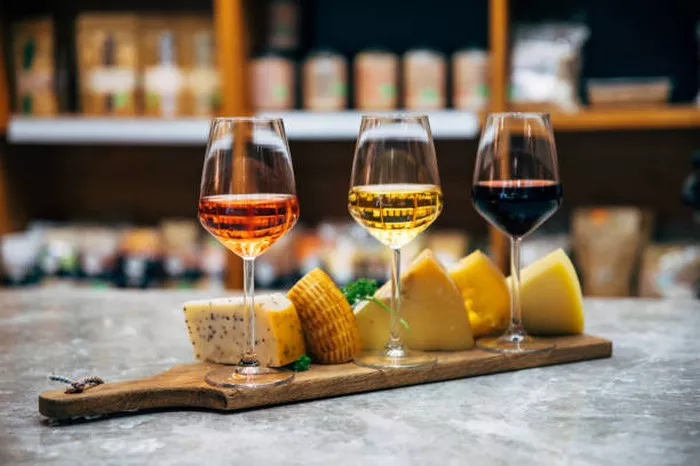Napa Valley, a region synonymous with wealth and influence, has long been fueled by its thriving wine industry. It stands as California’s second most visited tourist destination, eclipsed only by Disneyland. Yet, this prosperity has not come without its challenges, including friction between the wine industry, environmentalists, and local residents who resent the surge in tourist traffic in their rural enclave.
For decades, the wine industry held the upper hand in virtually every dispute, with nearly every project gaining approval. Environmentalists fought ardently against such developments but often found themselves narrowly outnumbered on the Board of Supervisors.
The landscape shifted dramatically in the wake of the 2022 election. The addition of two new members to the Board of Supervisors has altered the balance of power, thrusting the Napa wine industry into a defensive position.
Three recent cases serve as stark illustrations of this shift. Foremost among them is the proposed vineyard, Le Colline, situated on Howell Mountain, which faced rejection by the Board of Supervisors, who sided with environmentalists over the Farm Bureau.
In another instance, the county has initiated legal action against vintner Lindsay Hoopes, seeking to prohibit her winery from permitting customers to consume wine on the premises. It’s noteworthy that a judge expressed skepticism about the suit’s likelihood of success.
Furthermore, high-end vintner Jayson Woodbridge is currently embroiled in litigation against the county. Woodbridge is contesting the county’s refusal to permit him to drill wells on his four vineyards unless he agrees to restrict the amount of water he draws from each. Woodbridge contends that the county mandates that any new well-drilling operation utilize 70 percent less water than vineyards with existing wells.
While disputes over such issues have been commonplace in Napa Valley, what distinguishes the present moment is that wineries are not emerging victorious as they once did.
Former St. Helena mayor Geoff Ellsworth, a prominent local environmentalist, summed it up by remarking, “Frankly, people just got greedy. So much of this goes back to the changes in the definition of agriculture. When the changes came to the definition of agriculture, all of a sudden it became a lot more lucrative to be in the wine industry. You had people come in and take advantage of the situation.” This shift in dynamics underscores the evolving landscape in Napa Valley, where the balance of power is in flux and the wine industry faces new challenges.


